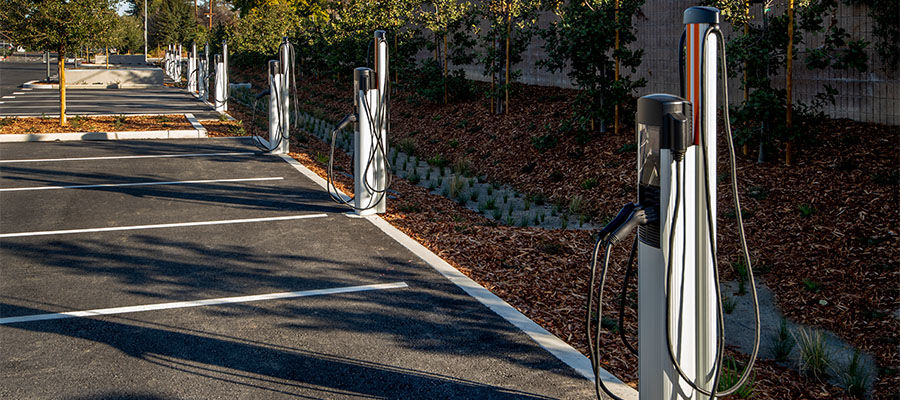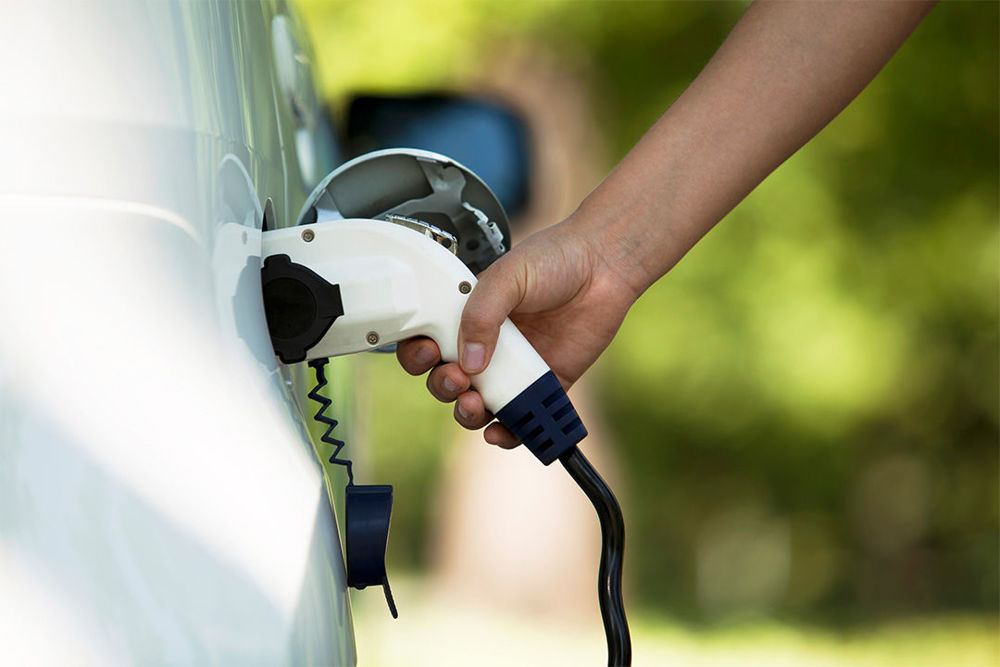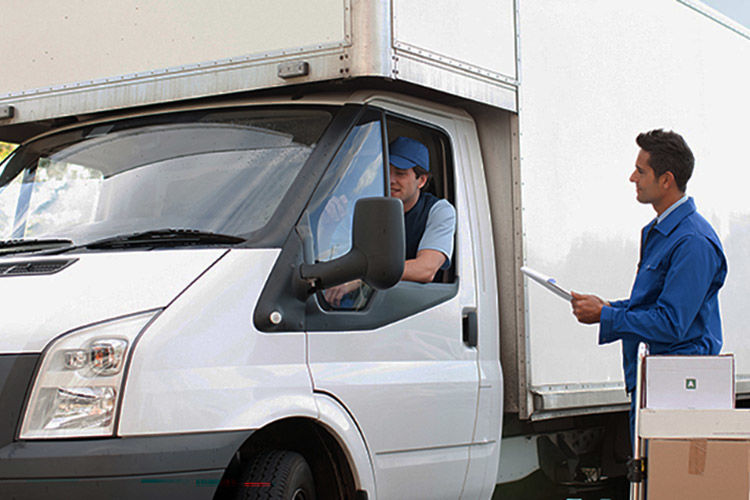What to Consider When Choosing How to Electrify Your Fleet


What to Consider When Choosing How to Electrify Your Fleet
Benefits of Using EVs in Your Fleet
For fleets that want to reduce their total cost of ownership, be innovative and forward thinking, have goals to become sustainable and reduce their carbon footprint look no further than electric vehicles. Notable advantages that come with electrifying your fleet include:
Sustainability
Through the reduction of pollution and emissions, using EVs in your fleet is a commitment to corporate social responsibility. Eliminating or reducing fuel exhaust from your fleet will in turn reduce greenhouse gas emissions. In many cases, changing even a small percentage of your fleet to EVs may be the lowest hanging fruit in terms of emissions reduction for most organizations.
Lower Fuel Costs
It is well known that fuel is one of the highest operating costs that fleets face. With EVs, the cost to fuel a vehicle is significantly lower than the cost of fueling with gas or diesel. Running a fleet of EVs will dramatically decrease total fuel costs. In many cases, you may be able to lock in electricity costs for a long time to come, thereby converting a variable expense to a predictable expense for budgeting purposes.
Lower Cost of Maintenance
Fleet maintenance plays a critical role in ensuring that your vehicles are running smoothly. EVs require significantly less maintenance and service requirements than vehicles with engines. EVs have far less moving parts and don’t require as much maintenance intervention for mechanical components when compared with traditional vehicle maintenance.
Let’s use a concrete example: EVs use regenerative braking, a process in which the vehicle’s kinetic energy is stored in the battery during deceleration to be used later to power the motor. This results in less application of the mechanical brake which in turn reduces brake wear allowing longer lasting brakes.
Use of Fleet Management Systems
The innovative technology behind fleet management systems has increased the capabilities of digitally connected vehicles. New software features range from being able to determine the most efficient routes for fleet drivers to using sensors to monitor cargo to showing real-time charging status. Through connected technologies, you can monitor vehicle health and even get early indication of components that may be approaching service interval or potential failure. You can even analyze an entire fleet’s fuel energy use to set carbon emission goals and track when these targets are met.

Considerations to Make When Electrifying
When deciding how to electrify your fleet, it is important to think in terms of feasibility. Some of the key considerations to make when pursuing fleet electrification include:
Timeline
Will you be transitioning your entire fleet over at once, or is it more practical to make the switch over time? In most cases, it is more realistic to start with a small percentage of your existing ICE fleet being converted to EVs and then building off that to migrate to EVs over time.
Routes & Mile Range
It is crucial that the EVs you select can travel the distances that your fleet operations require. On average, EVs have a range between 150 and 300 miles, but can vary based on the driver behavior, use of cabin heating or cooling, terrain, weather, as well as the amount of load placed on the vehicle. It is important to analyze your route and match vehicle range to required routes.
Charging Infrastructure
There are a couple of key questions to ask yourselves while planning for charging infrastructure – do vehicles come back to a depot every day on a relatively predictable schedule or are vehicles taken home by drivers at the end of their shift. In some cases, it may be a combination of both operational modes. Knowing this can help you start to plan what type of chargers are to be installed where. Keep in mind, infrastructure can be expensive and will take a long time to implement – so upfront budgeting, finding funding sources and project planning is critical for success.
Tax Incentives
Both the federal government and many state, city and local sustainability organizations offer tax credits and incentives for the purchase of EVs. In addition to these a lot of utility companies are offering significant incentives for making a given site ready for EV charger deployment. Research what is available and consult with your FMC partner to tap into the best available incentives options for your business.
Employee Training
Having drivers undergo the proper training is vital to ensure that a fleet is reaping the full benefit of adopting EVs. Training should cover driving for range efficiency, as well as proper vehicle maintenance. It is expected that drivers will respond positively to the change, as they are getting a smoother, quieter ride without being surrounded by engine heat and fumes.
Service Support
Although EVs are known for their ease of maintenance, accidents will inevitably happen, and upkeep services will be needed at one point or another. For this reason, it is important to have a connection to a local EV-trained service center.

Electrifying Your Fleet Is A 5 Part Journey
- Learn
The first step is to gather your resources and educate your organization on the EV market. There are numerous outlets to find this information – from thought leadership articles and blogs to papers and webinars, you can find helpful resources about makes and models, new technologies and the ecosystem of industry partners that offer the support services you will require, such as charging and infrastructure.
- Align
Next, develop an organizational stance on EVs that engages stakeholders. Your organization’s EV implementation should align with your environmental, social and corporate governance (ESG) goals. Both internal stakeholders and everyone throughout the company should be involved and engaged throughout the entire electrification process.
- Plan
Planning for EV adoption requires you to assess your fleet today and in the future. Decide what your first step will be, and then create an outline of the steps that you will take to make the transition. These steps may include infrastructure enhancements, mandates that will need to be met, driver training and ordering strategy. The planning step is also a time to define your budget, with consideration being made to any grants or incentives being used to offset costs.
- Pilot
The pilot is a focused test that implements EVs into a selected portion of your fleet. The goal of this test is to begin vehicle acquisition on a small scale to learn, assess feasibility and gain an understanding of how to scale across your operations. The pilot should be set with a predetermined time frame in which you place a strong focus on gathering data and receiving field feedback to gauge how these changes may impact drivers, customers and bottom line.
- Adopt
The final step is to work toward full EV adoption and integration. This process will involve fine-tuning processes such as optimizing EV performance and regularly tracking progress toward sustainability goals. Considerations to make along the way could include maintenance, remarketing, upfitting and branding. It is of paramount importance to revisit your progress often and update your EV vision along the way. Remember, EV adoption is a journey – not a destination. Electrifying your fleet is something that should continue to grow and evolve over time.
The transition to electric vehicles is underway and shows no sign of slowing down. There is no doubt that fleets that choose to embrace the new technology now will reap significant economic and environmental benefits in the long run.
Specially written for COMVOY.com by:
Hari Nayar
Hari Nayar serves as the Director of Electrification & Sustainability at Merchants Fleet. A leading fleet electrification expert, Nayar focuses on providing fleet clients with the tools and insights they need to make a seamless and cost-effective entry into the electric vehicle market.

 Routeway 360 and Comvoy Launch Portal so Independent Distributors Can Find Suitable Work Trucks
Routeway 360 and Comvoy Launch Portal so Independent Distributors Can Find Suitable Work Trucks Easing Into a Zero-Emission Commercial Vehicle Fleet: How One Hydrogen Truck Can Start a Revolution
Easing Into a Zero-Emission Commercial Vehicle Fleet: How One Hydrogen Truck Can Start a Revolution Class 2b-3 Commercial Vehicles: How the Industry Can Find the Right Balance Across Supply, Demand, and Emissions Requirements
Class 2b-3 Commercial Vehicles: How the Industry Can Find the Right Balance Across Supply, Demand, and Emissions Requirements Exploring Practical Options To Lower Your Construction Fleet's Carbon Footprint
Exploring Practical Options To Lower Your Construction Fleet's Carbon Footprint Comvoy.com Joins Veriforce Hub as Preferred Solution Partner
Comvoy.com Joins Veriforce Hub as Preferred Solution Partner






